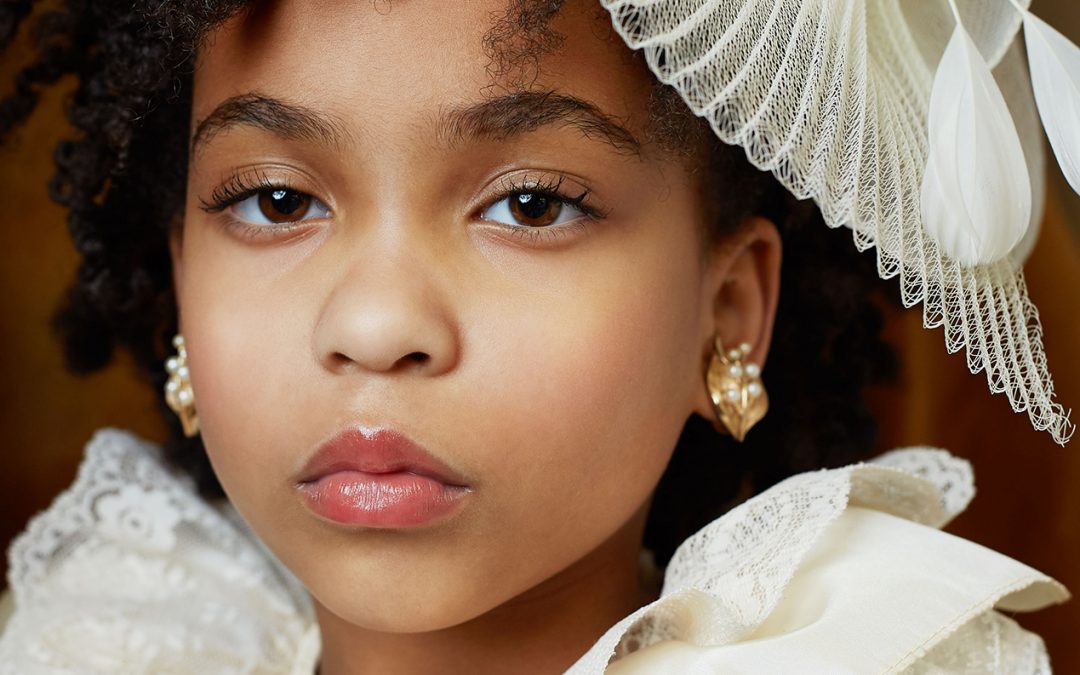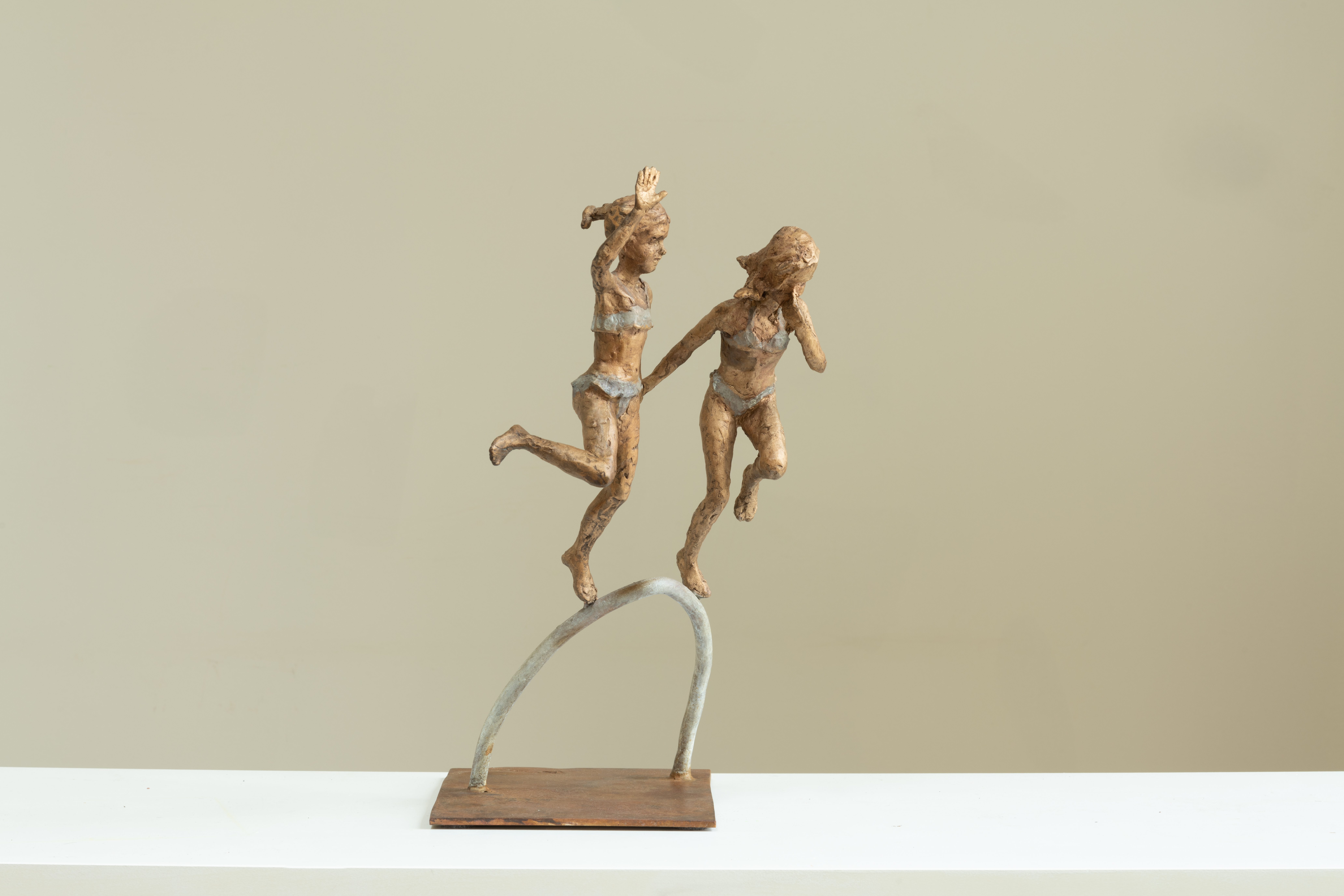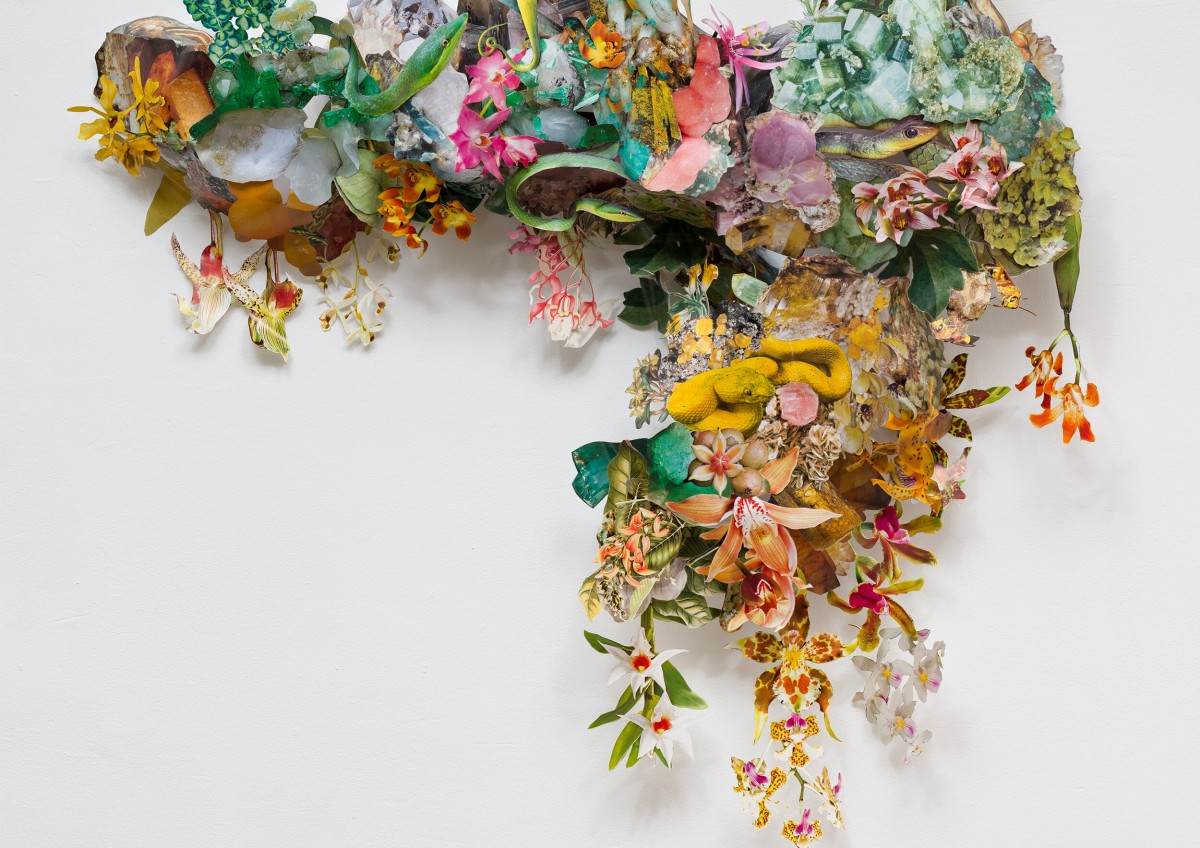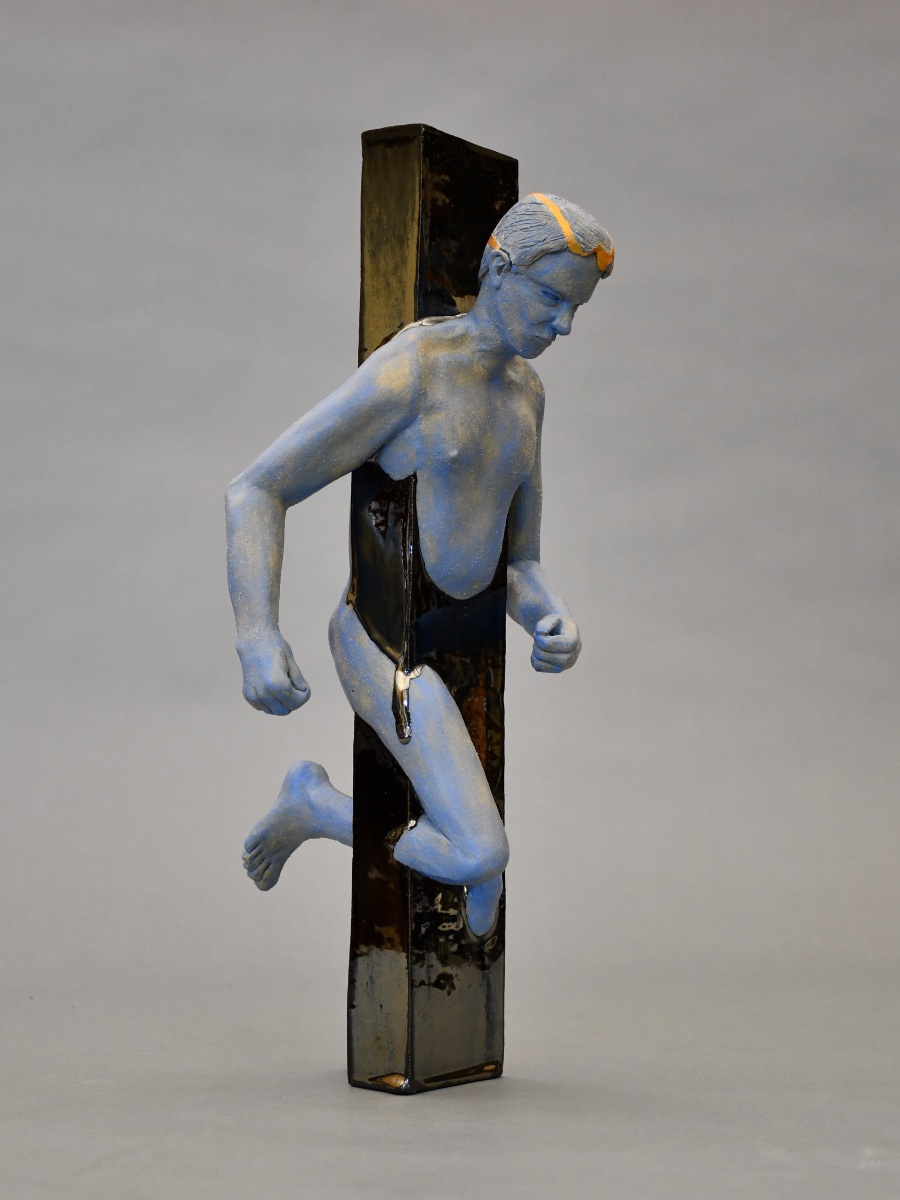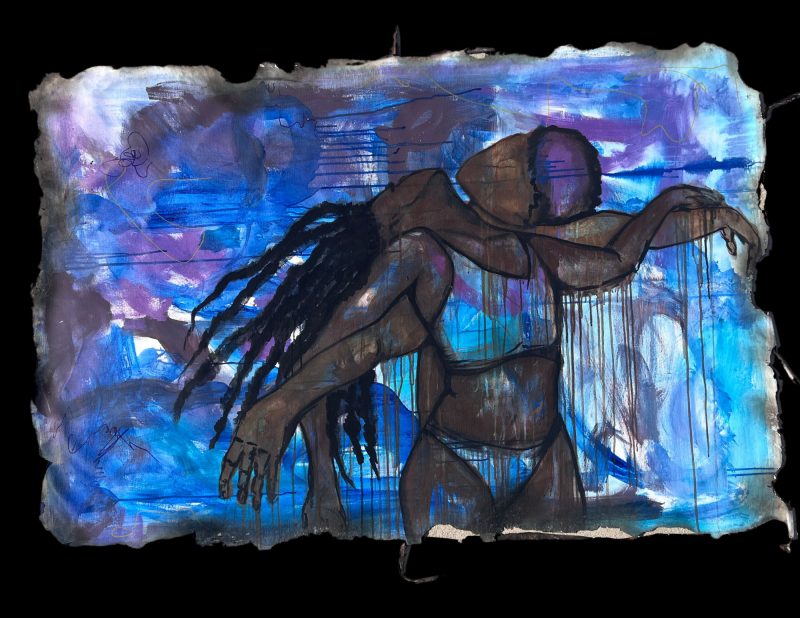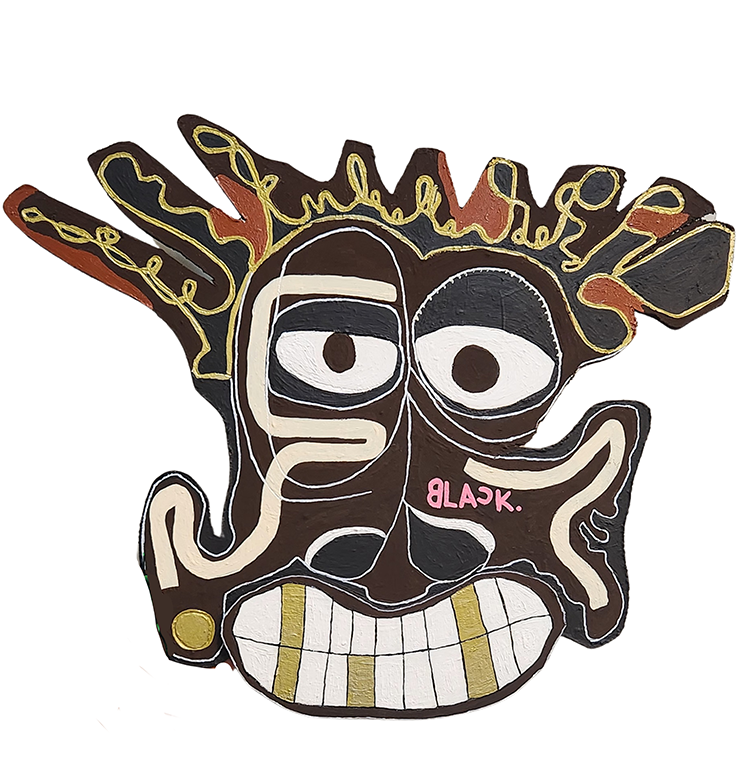Tokie Rome-Taylor is a thoughtful photographer who explores the narratives that she believes children need to see set before them. With a focus on faces and portraits, Tokie beautifully navigates the way a culture is presented in society to tell a story untold.
When did you become interested in photography?
I went to Grady High School, which is where I got my first experience with a camera. It was a Pentax K100. Wow–I still remember the model and everything! It was love at first click… I loved freezing time and having the ability to look back at a fleeting moment. It was like owning and controlling a time capsule. Grady’s photography program gave me a chance to photograph the beauty of my city, Atlanta, and the people in it. Though the people may be gone or grown, and the city’s landscape has evolved, I still own the time capsule of images that I created over 20 years ago and all the years since. That is a powerful art medium to have when you think about it.
Do you have an educational background in photography or were you a natural photographer without the “training?”
I had training in high school and in college, but that was a time period when photographers were shooting on 35mm film. I learned digital photography at the same time I learned Photoshop and digital painting. I am one of those people who genuinely loves learning and experimenting with mediums, so the digital age of creating was basically a playground for me. Moving to a DSLR [camera] came with a learning curve but it also gave me more freedom to experiment. Unlimited images photographed, endless possibilities for editing and image manipulation—for me it’s really like having an endless supply of paint and canvas at my disposal. My only limitation right now is the time to get all of the ideas created that I have!
When did you begin photographing children in particular?
At 35 years old I became a mother for the first time. By the time I was 40, I was the mother of four small children. [My husband and I] knew we wanted four children, but in focusing on our family, I lost who I was as “me”. I love my family, but I was drowning in the ocean of motherhood, wife, and full-time teacher. Creating with my chosen medium of photography became my lifeline and allowed me to connect back to who I am as an individual. My children were always with me so they became a natural subject for me to photograph and use as models. The images I created were never about them but about this narrative that I wanted to explore. At the time I was focused on the concept of journey and what that represented to me. I expanded beyond my children to other children because the narrative that I was exploring artistically was all about journey and representation. Children were a natural fit because their whole journey in life lies before them. As I kept creating the second series developed that dealt more with what you currently see in my artwork, that of representation. Children are still my ideal subjects for this because I feel that children need to see themselves portrayed in a manner that validates and solidifies in their minds who they are and the potential for who they can be. For me it was really important to focus on representation because I want my children and future generations to see these images I have created and realize the power and strength they hold.
What are the rewards and challenges of portrait photography?
Faces or portraits, are one of our society’s ways of documenting who we are as a culture and what we value. My passion for portraits stems from them allowing me to create a narrative about the person. That narrative can be true, false, or somewhere in between. On the surface it seems like such a straightforward subject, take a picture of a person [and] there you have it, a portrait. However, there are so many layers that can be explored with portraiture, from candids to the ideal, to the fantasy that we want to create as artists and as the subject of the portrait. I obsess over faces and the stories they tell, whether intentionally or unintentionally. For me, portraits act as windows into the journey that all of us are on because the face, the expression, the look in the eyes, the wardrobe, act as a window into the mind of that individual. A portrait allows you to tell a story about someone, without the use of words. People don’t often relax their barriers. They wear masks in public over their faces, not literal masks, but social masks. I strive to capture that journey that they are on, that they don’t always allow other people to see. The portrait allows for examination and probing the face without fear of the person looking back and judging the viewer. I think it creates an emotional connection, even if the subject is a stranger because we can all connect to what we see in the face of the portrait. I’m allowing the viewer to see the mask of my subject, but in [the case of my subjects], it’s a mask that I have orchestrated and contrived to control the narrative of what the viewer perceives of my person.
Do you come up with the themes for your photo sessions? If so, how do you choose the themes?
Often times I get commissions to create portraits of children and their families. They love the vintage-style portraits that I create so most of the time we lean into that theme. When I’m creating for myself, my work explores the concept of pushing through the veil of time. Depictions of African-Americans in traditional Western art primarily centered on images of servitude, oppression, or archetypes that place African-Americans in a submissive light. The historical narrative that children of color have grown up with is that their ancestors were subjugated to all manner of horrors and had to fight at every turn just to be treated as a human being. This has a psychological impact on how a person moves, thinks and acts in society. However, what if that were never the case? What if in an alternative world, the world in which my subjects exist, minorities and their children were only treated as equal? They were seen by everyone as strong, powerful, beautiful and loved? My work deals with creating an alternative to the Eurocentric vision of beauty that little children of color grow up with. I’m striving to capture strength and acceptance in the children staged in my images so that they can look at themselves and see how their features and characteristics are worthy of representation.
Through the use of portrait photography, subjects are inserted into the past of an alternate reality, creating the narrative of them being their ancestors in the present for their heirs to see in the future. Their portraits are connected to past ancestors in order to reconstruct the narrative of who their ancestors were. These are photographs of ancestors brought up in homes where they were taught to own their brown skin, curly-coiled hair, and features without apology. Never having lived in a world where their beauty and worth were questioned, they accept who they are, while all the while radiating unwavering confidence, pride, and a sense of belonging. These modern-vintage images deliberately have an ambiguous time period. The intent is that while created in the present, those in the future will see these images as reflections of the past African-Americans would have had in a utopian world untethered by the faults of the reality of our American history. These ancestors in this alternative world were graced to have portraits commissioned,
[like]
those in Renaissance times, because they came from families who loved them and viewed them as valuable members of society. They belonged without baggage or oppressive history. These are images of our ancestors that have never lived in a world that marginalized, mistreated, or viewed them in any other way but equal.
The costumes/wardrobes in your photos are stunning. Do you make those available to everyone in the studio or do they bring their own?
Thank you! Yes, I have a variety of vintage outfits within the studio. I prowl vintage stores and eBay for pieces that catch my eye. If I don’t have something in-studio that fits the client, then I curate a collection of outfits from eBay and Amazon that clients can select from. Clients that book with me usually are looking for something beyond the traditional family or children’s portrait so the wardrobe and styling are really important in achieving the image that I am trying to create. The most common comment I hear from clients is that they love that my photographs look like artwork. That makes me feel like I am striking the right note because that is essentially what my goal is: to create artwork with photography being the medium of choice.
What inspires you creatively?
Vintage objects have always been something I have been drawn to, even as a small child. I love that there [are] a history and experience already imbued within a vintage article. Incorporating them into my artwork adds to the history of that object and freezes it in time.
Do you have any future projects that you’re working on that you would like to share?
I am always adding to the body of work for my Journey series and Imagined World of Our Ancestors Heir-tage: Through The Veil series. I’m working on adding mixed media aspects to the printed-out photographs. I’m exploring using gel medium to layer in found artifacts, vintage ephemeral objects, and veils of color to printed-out images to strengthen the play and connection to another time period within the artwork. It’s an experiment right now and I am excited to see where it takes me. Currently I have work that will be in an exhibit at the Hartsfield Jackson Airport in Atlanta, GA in September 2019, and I am a part of a show being curated by Michi Meko that will be up in October 2019 in Atlanta, GA. I am working on building out the body of work for my solo show tentatively scheduled for March 2020 in Atlanta.
Where’s the best place people can view your portfolio online?
For those that want to see more of my work, commission a portrait, or follow the journey, I can be reached via my website https://www.tokietaylorstudio.com or on IG and FB @tokietstudio

